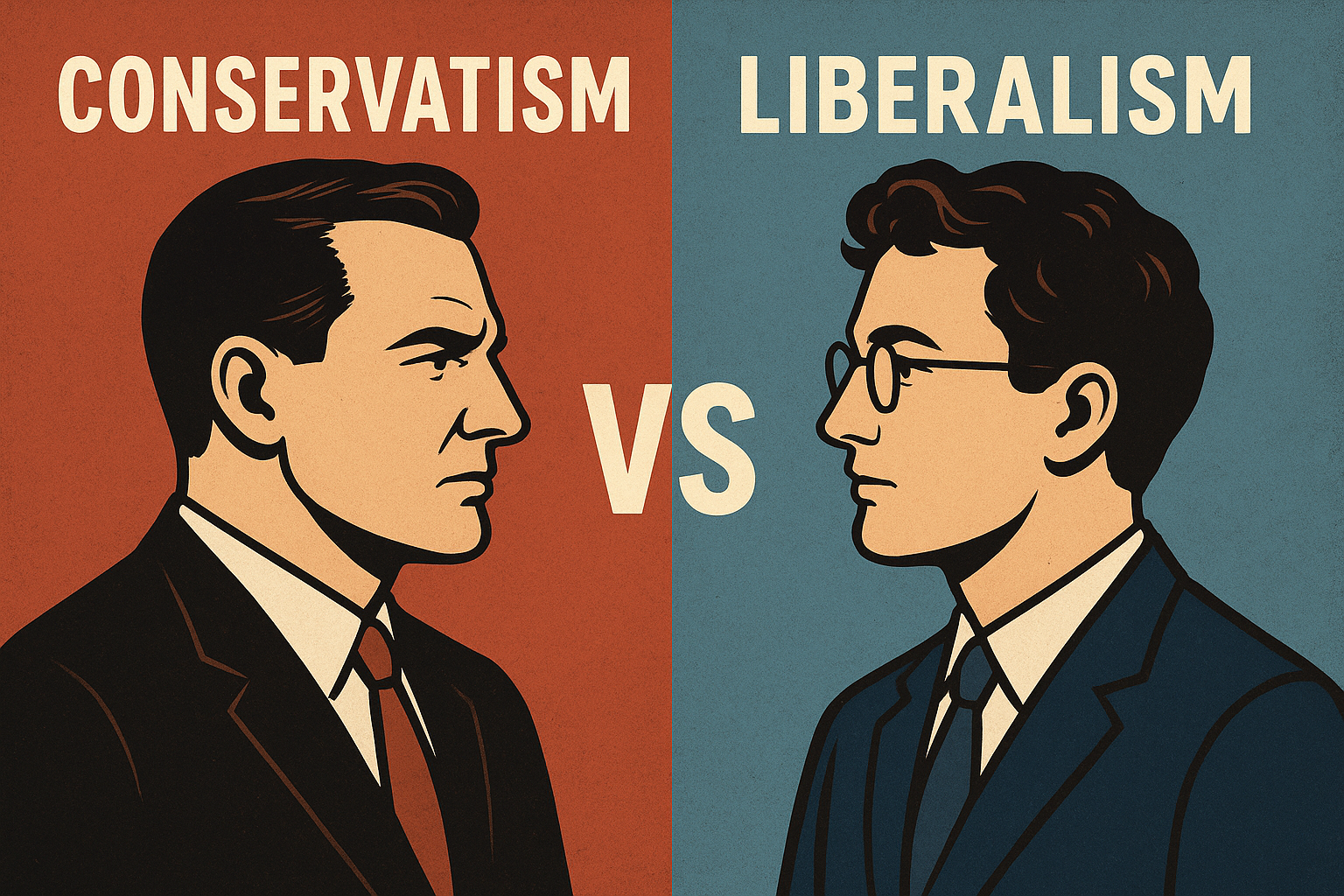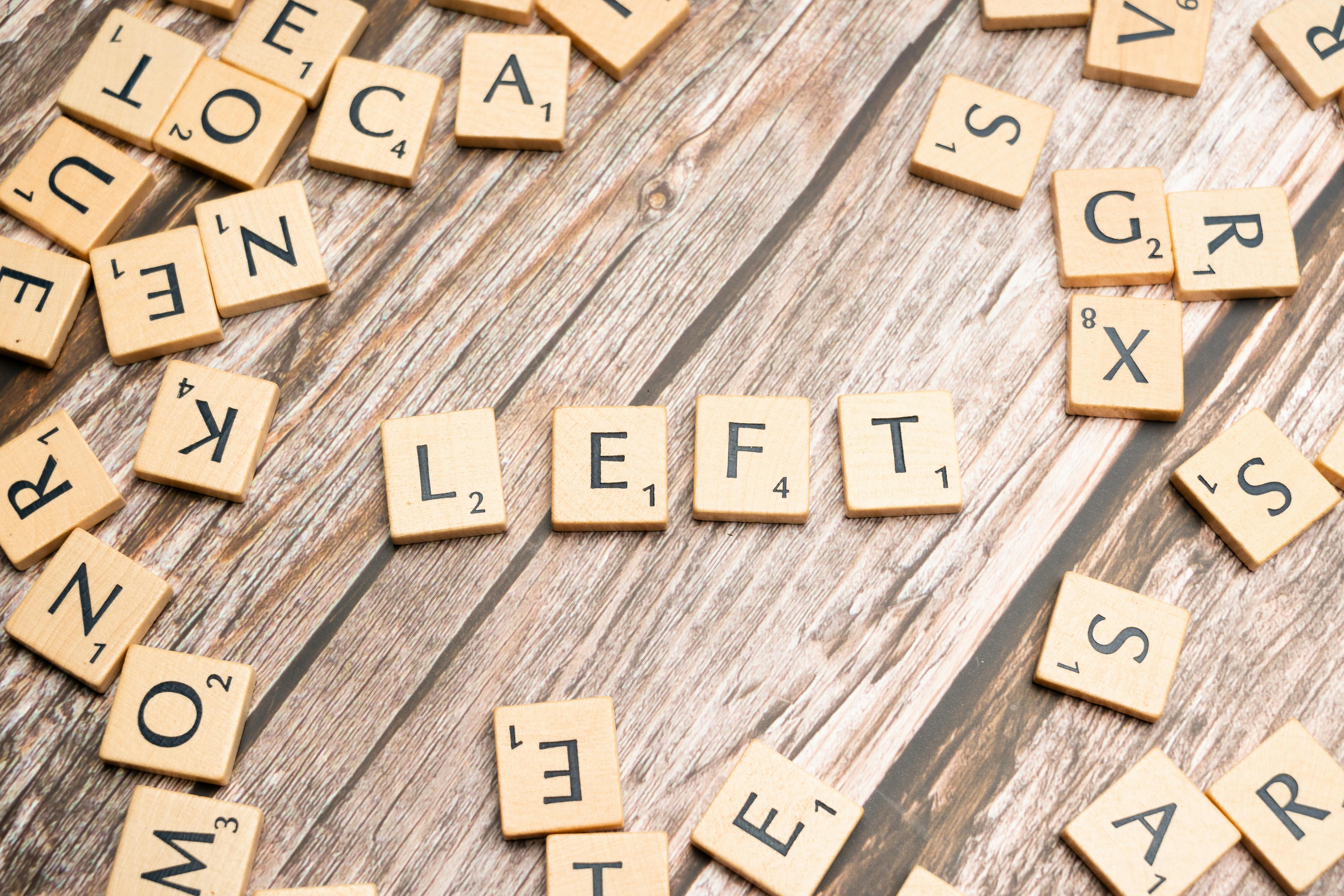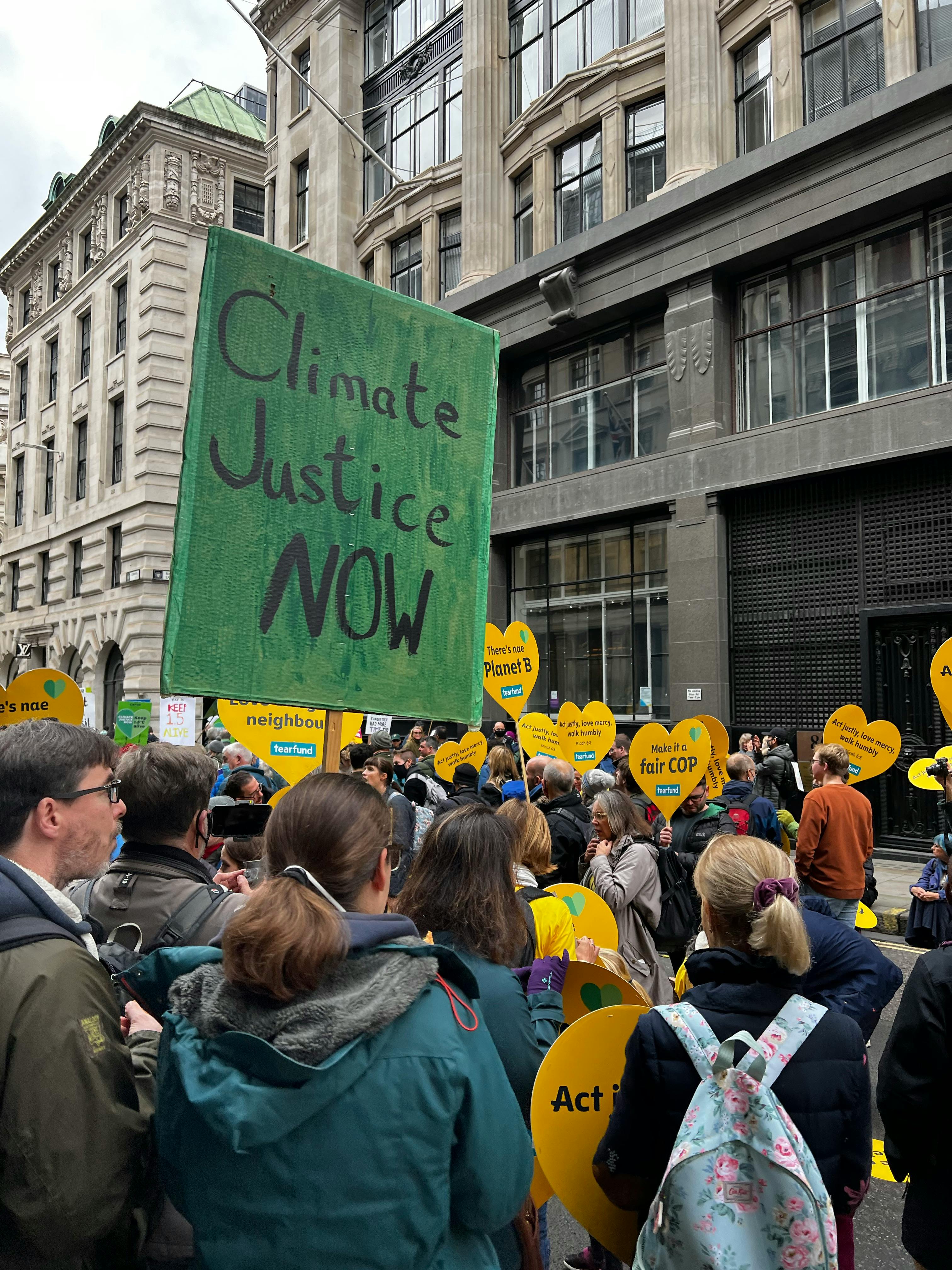Conservatism vs. Liberalism
A simple guide to the core ideas that shape American politics.

The Big Idea in 30 Seconds
- Liberals often support social change, government programs, and equal rights.
- Conservatives tend to value tradition, smaller government, and free market economics.
- Both are major forces in the United States’ two-party political system: Democrats (mostly liberal) and Republicans (mostly conservative).
- This divide shapes big debates on social issues like abortion and gun rights, as well as economic issues like taxes and healthcare.
What Are Conservatism and Liberalism?
Let’s start with a basic idea: Conservatism and liberalism are two of the most important political ideologies in American life. A political ideology is a set of beliefs about how government should work, how the economy should be managed, and what kind of society we should live in.
Liberalism in Simple Terms
Liberalism usually means supporting progress and change. Liberals often believe the government should play a bigger role in fixing problems in society. They tend to focus on equality, fairness, and protecting individual rights.
In America, liberals often support:
- Stronger environmental rules
- Government-funded healthcare
- Higher taxes on the wealthy to help fund social programs
- Legal protections for people of different races, religions, or gender identities
- Gun control and reproductive rights
Conservatism in Simple Terms
Conservatism is more about keeping things the way they are, or going back to the way they used to be. Conservatives believe in personal responsibility, traditional values, and the idea that too much government can do more harm than good.
In American politics, conservatives often support:
- Free market economics (less government control over business)
- Lower taxes and limited government spending
- Strong national defense
- Religious freedom and traditional family values
- Second Amendment rights (the right to bear arms)
How This Shows Up in U.S. Politics
In the United States, most liberals align with the Democratic Party, while most conservatives support the Republican Party. This shapes debates in Congress, the Supreme Court, and presidential elections. These two sides often disagree when it comes to both social issues and economic issues.

Social and Economic Issues: Where They Clash
| Issue | Liberal View (Generally Democratic) | Conservative View (Generally Republican) |
|---|---|---|
| Abortion | Support legal access for women’s freedom and health. | Oppose; believe life begins at conception. |
| Gun Control | Support more gun laws to reduce violence. | Support gun rights as part of the Constitution. |
| Immigration | Support welcoming policies and paths to citizenship. | Favor stricter border control and enforcement. |
| Taxes & Economy | Higher taxes on the rich to fund social programs; support for unions and minimum wage. | Lower taxes for all; free market solutions with less regulation. |

Wait, Isn’t Everyone a Little of Both?
Yes—and that’s a key thing to remember. Most Americans don’t fit perfectly into one box. You might support conservative ideas on the economy but liberal views on social issues, or vice versa. Real political beliefs are a mix.
This idea is part of what Jonathan Haidt explores in The Righteous Mind: Why Good People Are Divided by Politics and Religion. He explains that people form political beliefs based on emotion, culture, and personal experience—not just facts or logic.
The Deeper Divide: Why It Feels So Tense Today
It’s not your imagination—politics in America have become more intense. According to Why We're Polarized by Ezra Klein, Americans are now more likely to see the “other” side not just as wrong, but as dangerous.
This divide—called polarization—makes it harder to talk calmly about politics. People sort themselves into groups, both online and in daily life, where they mostly hear messages that confirm their views.
This is worrisome for democracy. As How Democracies Die explains, healthy democracies need shared rules and respect between political opponents. When one side sees the other as an enemy rather than a rival, institutions can break down.
Final Thoughts: Why This Matters
Understanding liberalism and conservatism helps you make sense of almost every issue in American politics. From taxes to marriage laws, these ideologies guide decisions, protests, and debates.
Whether you're voting, debating, or just trying to understand the news—you don't have to pick a side. But it helps to understand the values behind each of them. When we do that, we move from shouting to listening. And real change starts there.
Find your place on the spectrum.
Now that you know the basics, see where your own views align.
Take the Free Political Test